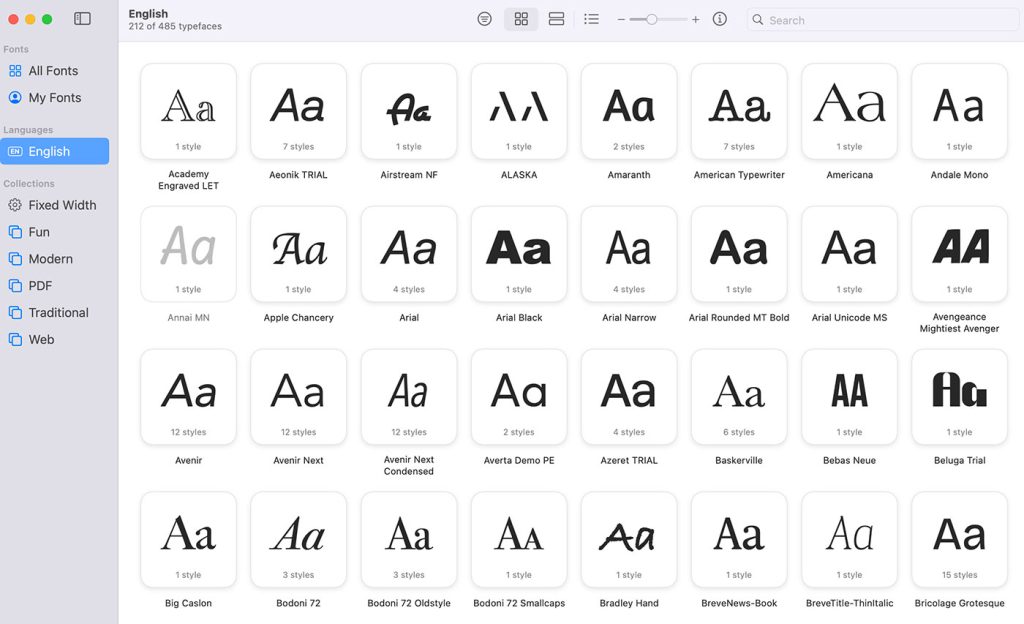If you’ve been in tech for more than five minutes, you know salaries swing harder than a startup’s “pivot” plan.
In 2021, it felt like everyone and their dog was being handed six figures and a sign-on bonus the size of a down payment. Then came the hiring freezes, the layoffs, the “we love your work but we’re going to pass” emails.
Now? 2025 feels… surprisingly stable. The drama’s cooled down, and companies are paying solid money again — but they’re also way pickier. If you can ship fast, keep things accessible, and make AI work for you instead of replacing you, you’re golden.
Let’s take a tour around the world to see what designers and developers are pulling in right now — with real numbers, real trends, and a few reality checks.
First, the big global snapshot
Here’s what the latest data says:
- U.S. tech salaries average $112,521 in 2025. That’s all tech, but web dev and design land slightly lower unless you’re senior or in a hot specialty.
- Web developers in the U.S.? Median is $90,930. Web/digital interface designers? $98,090. Top-tier folks? $160k–$190k before you even talk stock options.
- Role matters: In the U.S., AI/ML engineers average $189.5k, cloud engineers $189k, back-end $175k, front-end $145k. So yes — front-end still trails back-end in base pay.
Think of the U.S. as the “salary North Star” — not because it’s always the highest, but because remote-first companies often base their offers on U.S. bands.
United States: where the big ranges live
The U.S. is still the benchmark. Even government data says web devs hover around $91k median, designers around $98k. Senior specialists — the people who solve big, expensive problems — routinely see $160k–$190k+.
But the game’s changed: impact beats tenure. If you can prove you cut cloud costs, speed up delivery, or build AI features that actually move metrics, you’ll see the top of the range. Big retailers and logistics companies are paying $130k–$215k for engineers without batting an eye.
Designers? Mid-to-senior averages are in the low-to-mid-$90ks, but UX roles (especially ones tied to conversion or accessibility) clear six figures regularly.
Canada: polite salaries, steady growth
Canadian salaries are less dramatic, but stable. Government software engineers earn around CA$98k median, with private companies in Toronto and Vancouver pushing that into the CA$115k–$150k range.
Not Silicon Valley money, but the cost of living — outside Toronto/Vancouver — can make it feel generous.
UK: London rules, regional reality checks
In 2025, junior developers earn £30k–£40k, mids £40k–£55k, seniors £55k–£65k, and tech leads £65k–£75k. Leadership roles can crack £100k+.
If you’re in London, add 10–20%. If you’re not, keep your expectations closer to the national average (~£58k for software engineers).
Europe: the €30k–€226k rollercoaster
Europe’s salary landscape is… eclectic. The average front-end dev earns about $104,573 USD, but the range is absurd: €30k in smaller markets, €150k–€200k in Switzerland or senior roles at FAANG-level companies.
Germany, the Netherlands, and the Nordics still lead in pay for permanent roles, while near-shore hubs like Portugal or Poland have lower salaries but better cost-of-living trade-offs.
Australia & New Zealand: comfortable if you’re senior
In Australia, mid-level web devs are sitting around A$80k–A$100k, with seniors pushing A$110k–A$140k in metro areas. Designers earn roughly the same, with UX and product specialists pulling ahead.
It’s not “quit-your-job-and-buy-a-yacht” money, but the lifestyle trade-off is real.
India: the steep curve at the top
India’s national average for software engineers is about ₹7–8 LPA, but here’s the kicker: top quartile salaries in product companies are dramatically higher. Median total comp is around ₹27.6 LPA, but the top 10% see ₹65.9 LPA or more.
Translation: if you have in-demand skills (AI/ML, cloud, high-scale architecture) and work at a top-tier company, you can earn 8–10x the market average.
Philippines & Southeast Asia: local vs. global pay
In the Philippines, web developers average ₱900k (about US$15–16k), with senior roles at ₱1.12M. But if you land a remote U.S. or EU gig, you can double or triple that — the catch is finding a company willing to hire and pay at foreign-market rates.
Latin America: remote opportunity over local norms
Latin American devs working for local companies earn far less than their U.S. counterparts, but remote contracts often pay 60–80% of U.S. rates for strong English-speaking talent with overlapping hours. Specialists in React, Node, and DevOps often get the highest offers.
What’s hot right now (and pays for it)
- AI/ML & Applied Science — $157k–$190k U.S. medians.
- Cloud/Platform Engineering — $165k–$189k.
- Back-end & Mobile — $170k–$175k.
- Front-end & Full-stack — $138k–$145k.
- Web Designers — $85k–$100k, higher if you’re senior and tied to product metrics.
- UX/Product Design — $110k–$130k, managers more.
How to not leave money on the table in 2025
- Anchor to the right market — Don’t compare a Bay Area job to a “U.S.-anywhere” job. That 20–35% difference is real.
- Titles are misleading — A “senior” who does pixel pushes isn’t the same as a “senior” driving design systems and accessibility.
- Look at total comp — Base pay is just part of the picture. Stock, bonuses, and perks matter.
- AI isn’t magic — Show you can use it to speed up quality work, not replace thinking.
The takeaway
In 2025, impact is the currency. The designers and developers who are getting the top offers aren’t just good at what they do — they can prove their work saves money, makes money, or reduces risk.
Whether you’re negotiating in San Francisco, Sydney, or São Paulo, the formula is the same: be the person who delivers value that’s obvious, measurable, and repeatable.
References & Sources
- Dice Tech Salary Report 2025 – https://www.dice.com/technologists/ebooks/tech-salary-report/salary-trends.html
- U.S. Bureau of Labor Statistics – https://www.bls.gov/oes/current/oes151254.htm
- Stack Overflow Developer Survey 2025 – https://survey.stackoverflow.co/2025/work
- Robert Half Technology Salary Guide – https://www.roberthalf.com/us/en/insights/salary-guide/technology
- MojoTrek Canadian Salary Trends – https://mojotrek.com/blog/tech-employee-pay-and-benefits-trends
- Synergistic IT UK Tech Salaries 2025 – https://www.synergisticit.com/tech-salaries-in-2025/
- DHIGlobal UK Salary Press Release – https://dhigroupinc.com/press/press-release-details/2025/New-Dice-Report-Shows-Surge-in-Tech-Job-Seeking-in-2024-Modest-Salary-Growth/default.aspx
- Stack Overflow India Data 2025 – https://stackoverflow.blog/2025/05/29/not-just-a-vibe-the-stack-overflow-developer-survey-is-really-here/
- ShiftMag AI Developer Survey Insights – https://shiftmag.dev/stack-overflow-survey-2025-ai-5653/






